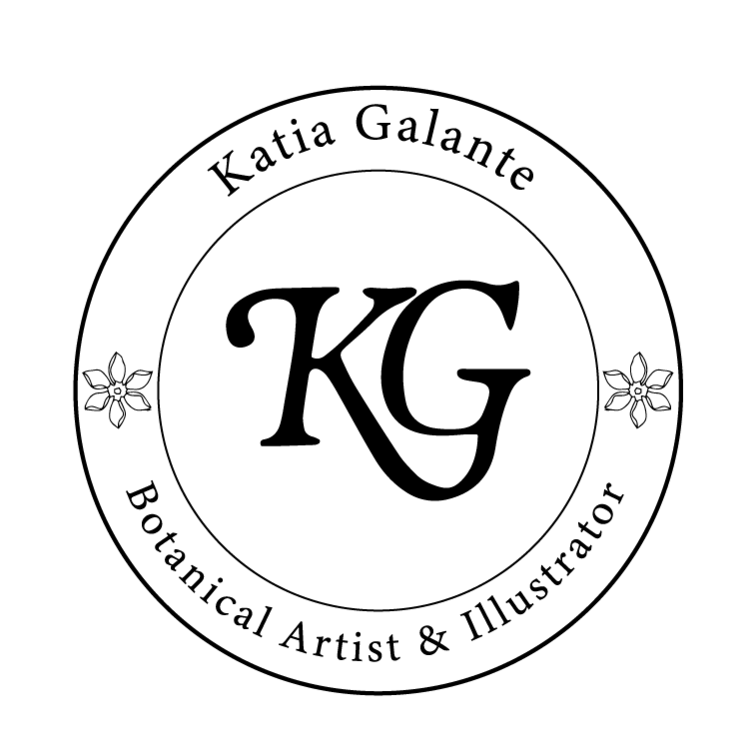Hello, hello my creative friends!
I hope your month is going well. Today I’m going to talk to you about the difficult and confusing subject of copyright and protecting your designs and logo.
We live in a time where everything is made so much easier with the help of the internet and social media, but that is a double-edged knife. If it is easier to show your work and be noticed by potential buyers, it is also easier for other people to copy your designs. Many artists are particularly weary to show their work before it has been registered and protected but at the same time, how do you get noticed if you can’t show your work? Registering your designs may not be terribly expensive but if you are a prolific creator then it might suddenly become rather costly.
I must say I’m not a layer and the information I have written here are just the result of research I have done, if you have specific questions about copyright law for fabric patterns please consult a lawyer.
During this research I have discovered that If you live in the UK you can protects your logo as a registered trade mark by filing an application with the Intellectual Property Office; you can do this as long as your logo is not similar to an existing registered trade mark. Just registering your company name doesn’t create a legal right in that name, therefore it is better to do a trademark registration.
If your logo is an original design, it might be protected by copyright which is an automatic right (in the UK there is no need to register); however, the name of your business is not protected by copyright. Thus, it might be a good idea to register the name and logo as trademark together as trademarks offer more protection than copyright and it is easier to enforce registered trademarks rights.
In this case if you are licensing products that will have your logo on them, the license agreement should also cover any trademark and copyrights linked to your brand so that the licensee will be able to use your intellectual property rights to advertise and sell your product.
I’ve also found out that there are two different types of design rights: unregistered and registered.
Like copyright, unregistered design right arises automatically but, unfortunately for pattern design artists in the UK, it applies only to 3D shapes, so lucky you if you are a sculptor 😊
Registration of your design on the other hand can cover both 2D and 3D products including shape, color, texture, line, materials, etc.
It is important to keep in mind that if you register your design you get protection for any product that have the same overall visual appearance as the registered design, even if it’s not an exact copy or even if the new product was made with no knowledge of the protected design.
When you register your design, the initial registration lasts for 5 years but then you can renew it up to 25 years (click here for more information on how to register a design); to register up to 10 design there is a fee of £70. In UK and the EU application for registration can be delayed up to 12 months from the first public disclosure of the design so that way you can have a better idea of the value of that design before you apply to register it.
Registering your designs has a cost but very often, if you make clear that the design is registered (for example by showing the registration number) this on itself is enough to stop other people from copying your work. Furthermore you could sell your design registration or license it for a royalty fee, thus receiving a source of income which would outweigh the registration costs.
In the US the law regarding copyright and protecting your designs seems a bit more confusing. It looks like you would not be able to take people that have copied your design to court unless your design is registered with the Copyright Office.
To copyright your work in the US, go to copyright.org and click on “register a copyright”; surface pattern designs fall under Visual Arts. You will be able to copyright up to 10 unpublished patterns (for a definition of “published” click here) in bulk for $55.
You could for example complete your collection made of 10 patterns and then, once you have licensed it but before it’s released for sale, you can create a PDF document with squares of each pattern on it and register your patterns that way. If you wait till your work is published, then you’ll have to copyright each pattern separately and it will cost you $35 each. For a list of FaQ click here.
As mentioned I’m not a lawyer so if you need more specific advise I would advise you to contact a solicitor or a specialist patent and design attorney.
I do hope you will have plenty of patterns and designs to copyright in the future :-)
In the meanwhile if you have any advise/first hand experience with copyrighting and trademark please do share it in the comments below.
Till next time
create and be happy xox

